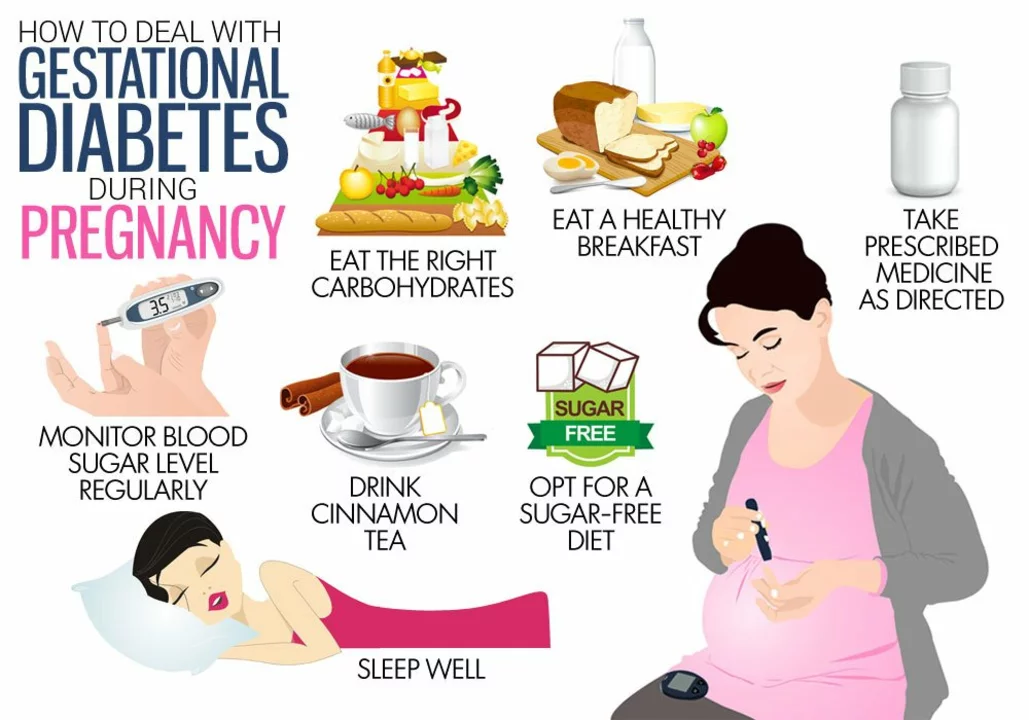Diabetes: Practical Steps to Manage Blood Sugar Daily
Got diabetes? Managing it day-to-day doesn’t have to feel overwhelming. You can lower risks, feel better, and keep more control by focusing on a few simple habits you can actually stick with. This guide gives clear, practical advice you can use right away.
Quick daily habits that make a difference
Check your blood sugar as your care plan recommends. Knowing patterns beats guessing. Write down high and low readings and what you ate, how active you were, and any stress or illness. Small notes help your provider adjust treatments faster.
Watch portion sizes, not just carbs. A plate with half vegetables, a quarter lean protein, and a quarter whole grains keeps blood sugar steadier than piling on pasta. Choose fiber-rich foods like beans, oats, and non-starchy veggies — they slow sugar spikes.
Move your body every day. You don’t need an hour at the gym; 20–30 minutes of brisk walking, cycling, or even heavy gardening helps muscles use glucose and improves insulin sensitivity. If you sit a lot, stand up and walk for a few minutes every hour.
Sleep and stress matter. Poor sleep and ongoing stress raise blood sugar. Try a regular bedtime, limit screens before sleep, and use simple stress tools: short breathing breaks, a quick walk, or a two-minute mindfulness pause when you feel tense.
When medications and supplies matter
Take meds exactly as prescribed. Metformin, insulin, GLP-1s, SGLT2s — each works differently. If side effects or cost are a problem, talk to your provider before stopping. There are often safer alternatives or adjustment options that keep you covered.
Keep supplies ready. Replace test strips, lancets, and insulin needles before you run out. A spare supply in a small cooler or insulated pouch is smart if you travel or are out all day. Knowing you have what you need removes a lot of worry.
Recognize low and high blood sugar signs. Low sugar can cause shaking, sweating, confusion, or losing focus — treat it fast with 15 grams of fast carbs (juice, glucose tablets). High sugar can lead to thirst, frequent urination, or fatigue; persistent highs need medical advice.
Plan for sick days. Illness raises blood sugar and can change medicine needs. Keep a simple sick-day plan from your provider: how often to check, when to call, and whether to adjust insulin or other meds. Don’t guess when you’re sick.
Keep regular checkups. A yearly A1C, kidney and eye checks, and foot exams catch issues early. Bring your logbook or app notes to appointments — those real-world numbers help your care team make better choices for you.
Small, steady changes win. Pick one habit this week — a 20-minute walk after dinner, carrying glucose tablets, or logging meals for three days. Build on it. Managing diabetes isn’t perfect, but consistent steps add up to better control and fewer surprises.
